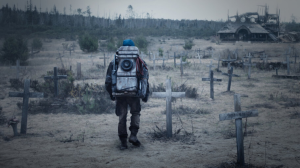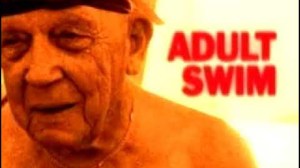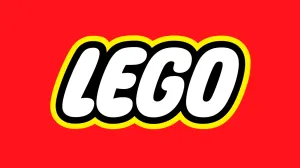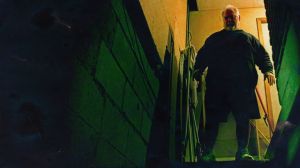When IT hit theaters in 2017, it quickly became a cultural phenomenon. Directed by Andy Muschietti and based on Stephen King’s iconic 1986 novel, the film revitalized the story of Pennywise the Dancing Clown and the Losers’ Club for a new generation. In addition, hauling a staggering $700 million at the global box office, IT became the highest-grossing horror film of all time, proving the genre could be both commercially successful and critically acclaimed. Critics praised its ability to balance terrifying set pieces with heartfelt character development, while audiences were captivated by its blend of childhood nostalgia and bone-chilling scares. The cherry on top is Bill Skarsgård’s portrayal of Pennywise, which became instantly iconic.
Videos by ComicBook.com
What sets IT apart from other Stephen King adaptations is its ability to capture the novel’s essence while standing on its own as a cinematic achievement. The film doesn’t just rely on jump scares or gore. Instead, it delves into its characters’ psychological and emotional layers, making their fears and triumphs resonate with viewers, just like King did with readers for decades. Here are three key moments of 2017’s IT that solidify its status as one of the best Stephen King movies ever made.
The Opening Scene: Georgie Meets Pennywise
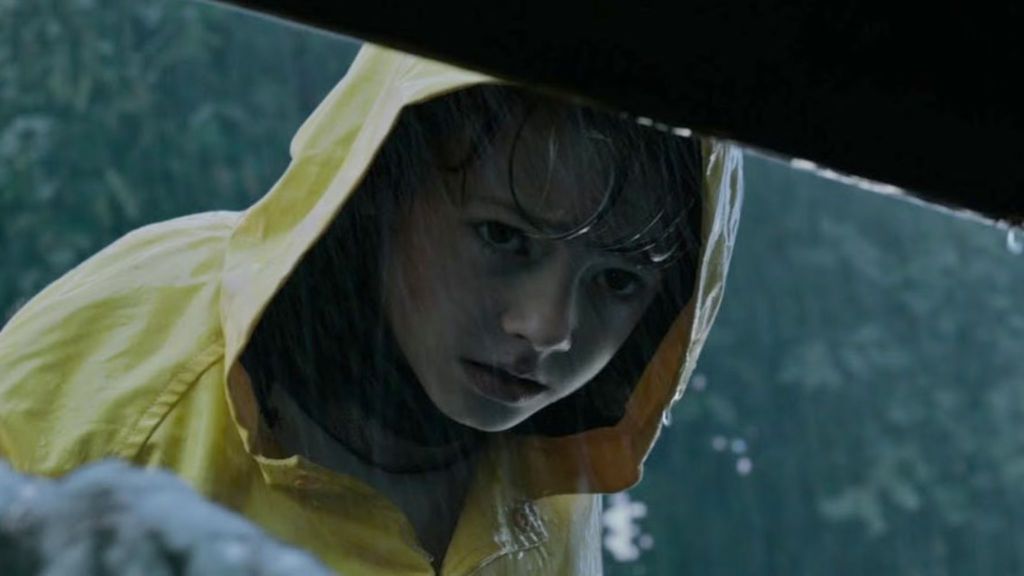
The film’s opening sequence is a masterstroke in tension and atmosphere, immediately setting the tone for the horrors to come. The concept of the scene is quite simple: Georgie Denbrough (Jackson Robert Scott), a young boy playing with a paper boat in the rain, encounters Pennywise in a storm drain. However, what begins as an innocent exchange quickly turns sinister. Skarsgård’s performance is mesmerizing as he shifts from a charming clown to a terrifying predator in the blink of an eye. The scene’s climax, where Pennywise bites off Georgie’s arm, is both shocking and brutal, leaving viewers in a state of stunned silence.
This scene is crucial because it establishes Pennywise as a force of pure evil while also highlighting the vulnerability of childhood. The juxtaposition of Georgie’s innocence and Pennywise’s malevolence creates a visceral impact that lingers throughout the film. The rain-soaked streets of Derry, Maine, add to the oppressive atmosphere, making the town itself feel like a character. Fans and critics alike have praised this scene for its ability to immediately draw viewers into the story, setting a high bar for the rest of the film.
[RELATED: Only Three Directors Have Made Multiple Stephen King Movies (And They’re All Good)]
The Losers’ Club Promise
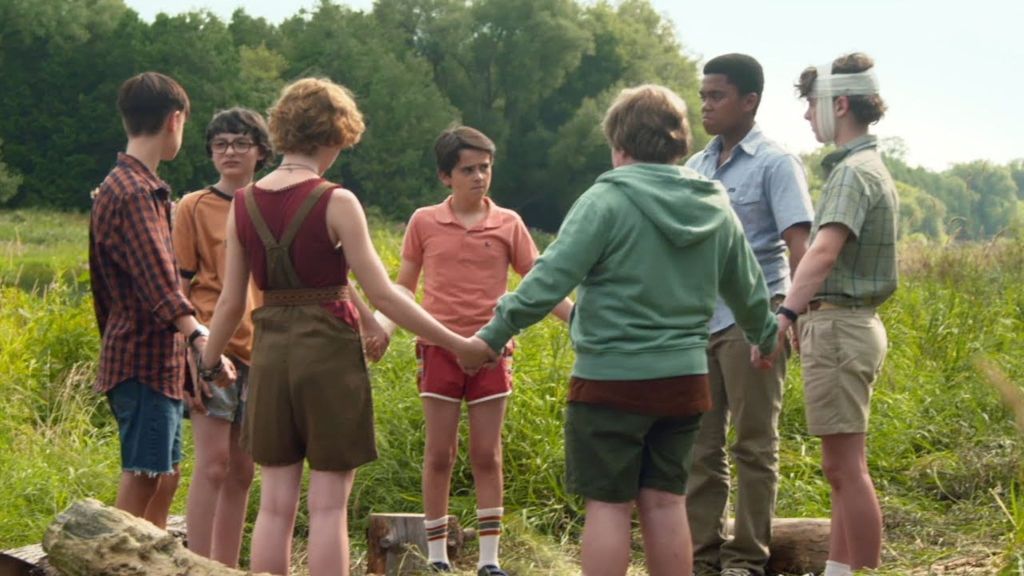
One of the film’s most heartfelt and memorable moments is the formation of the Losers’ Club, a group of misfit kids who band together to face their fears. Each member of the group is introduced with their own struggles, from Beverly Marsh’s (Sophia Lillis) abusive home life to Eddie Kaspbrak’s (Jack Dylan Grazer) hypochondriac mother. Still, their shared experiences of bullying and isolation create a bond that feels authentic and relatable. In that context, the scene where they officially come together, vowing to fight Pennywise, is a decisive moment of unity and resilience.
What makes this scene so effective is its balance of humor and heart. The kids’ interactions are filled with witty banter and genuine camaraderie, providing a much-needed reprieve from the film’s darker moments. At the same time, their decision to confront Pennywise together symbolizes the strength of friendship and the power of facing fears head-on. This theme of solidarity resonates deeply with audiences, making the Losers’ Club one of the most beloved ensembles in modern horror. The film’s ability to make viewers care about these characters is a testament to its strong writing and performances, ensuring that their journey feels as emotionally impactful as it is terrifying.
The Haunted House Sequence
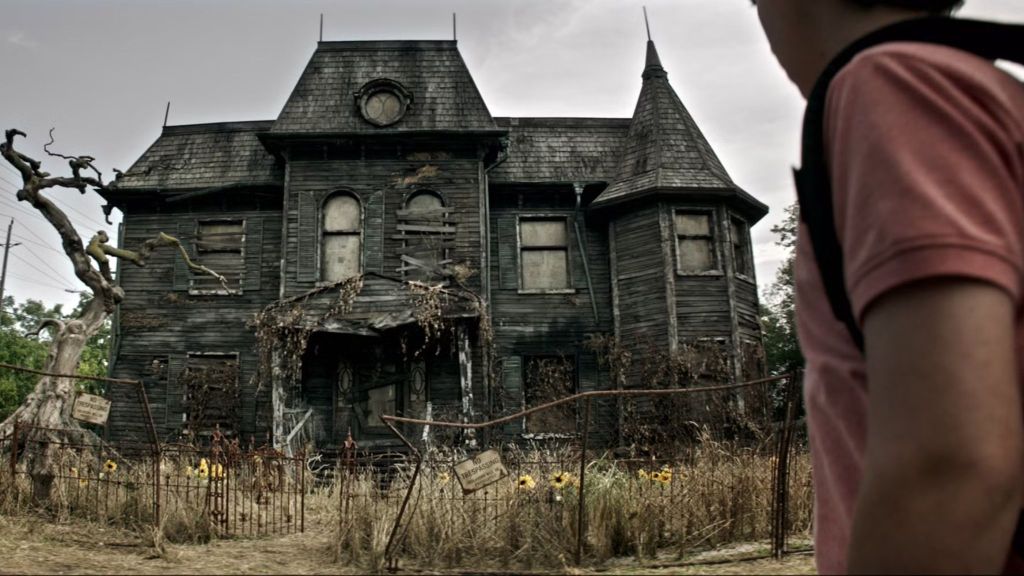
The haunted house sequence on Neibolt Street is one of the film’s most intense and visually striking moments. As the Losers’ Club explores the decrepit house, they are forced to confront their worst fears, each manifested by Pennywise. From Richie’s (Finn Wolfhard) fear of clowns to Eddie’s anxiety about illness, the scene delves into the psychological terror that defines IT. Furthermore, the use of lighting, sound design, and practical effects creates an oppressive atmosphere that keeps viewers on the edge of their seats.
This sequence is a standout because it combines horror with character development. Each character’s confrontation with their fears reveals more about their inner struggles, adding depth to their arcs. The scene also serves as a turning point in the story, as the kids begin to realize the extent of Pennywise’s power and the importance of standing together. It’s a perfect example of how IT elevates itself beyond typical horror fare, offering a story that is thought-provoking and heartfelt.

